It has been 5 days since I have last blogged and that has been my biggest laps so far. I had some to catch up on even from the prior week.

I will start on this blog a week ago Thursday when I went back to Accra to do some maintenance on the garden there.
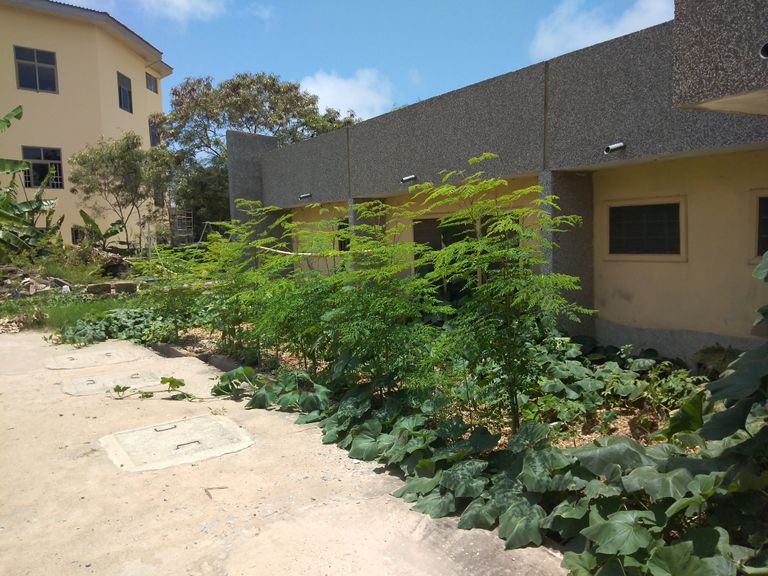
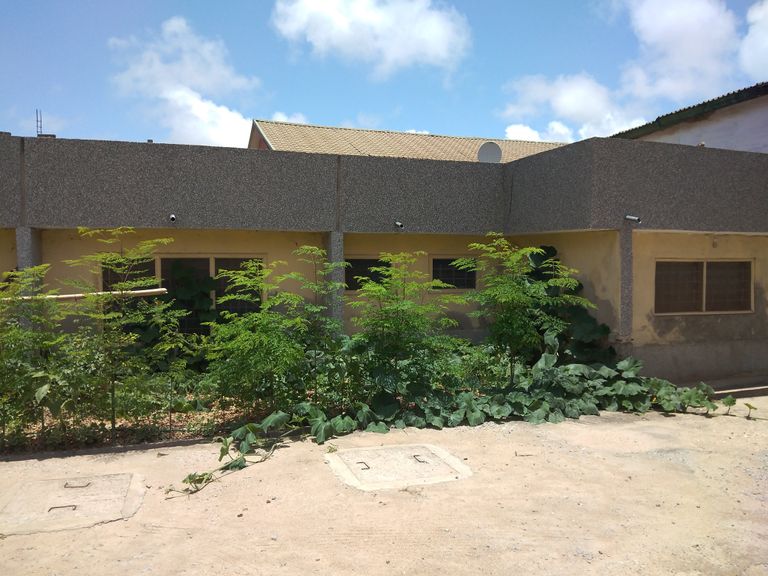
Things were very overgrown so the task for the day was to prune, weed, and gather seedlings to take out to the larger farm at the resort. We gathered a lot of pepper seedlings, tomatoes, and pawpaw.
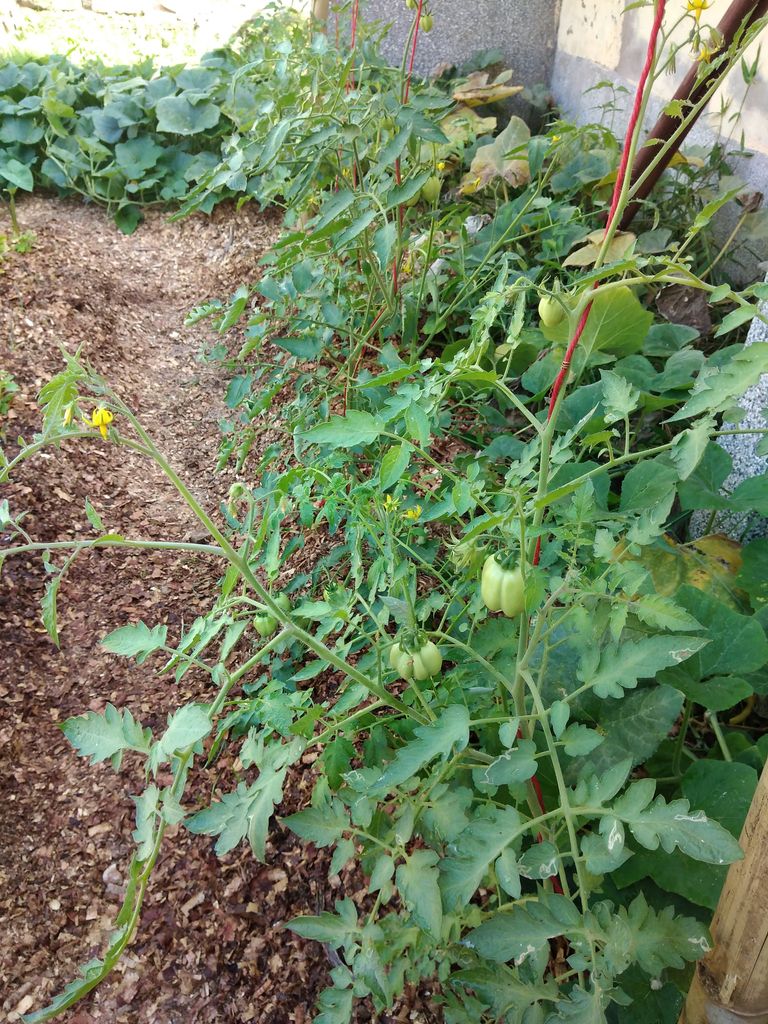
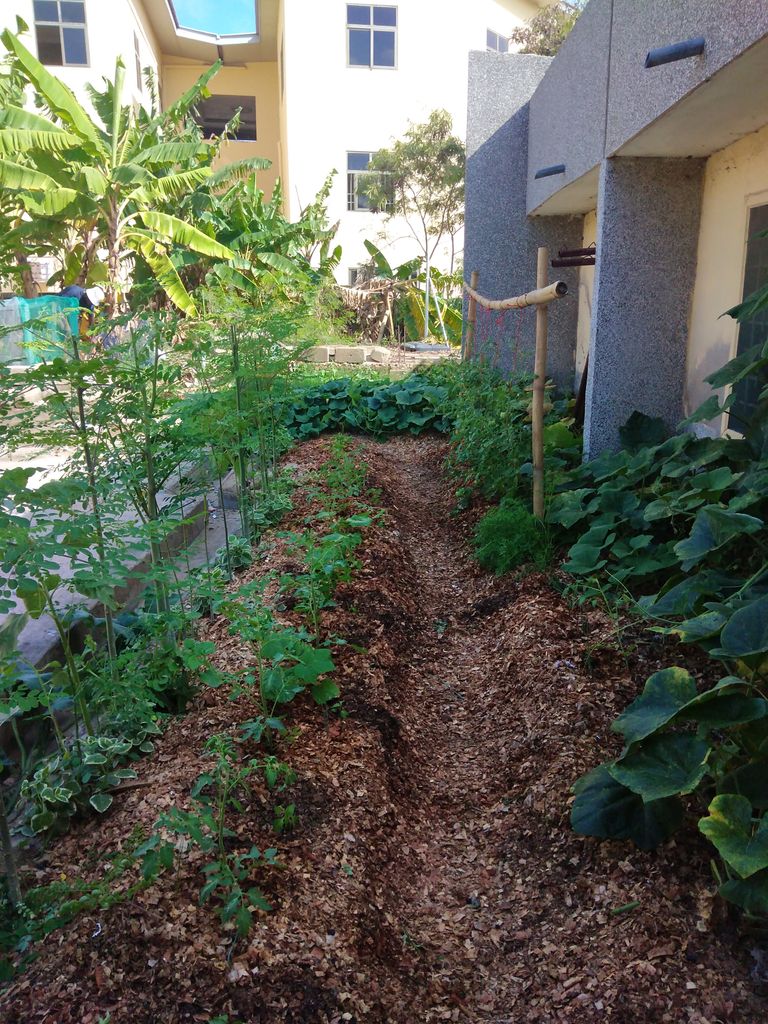
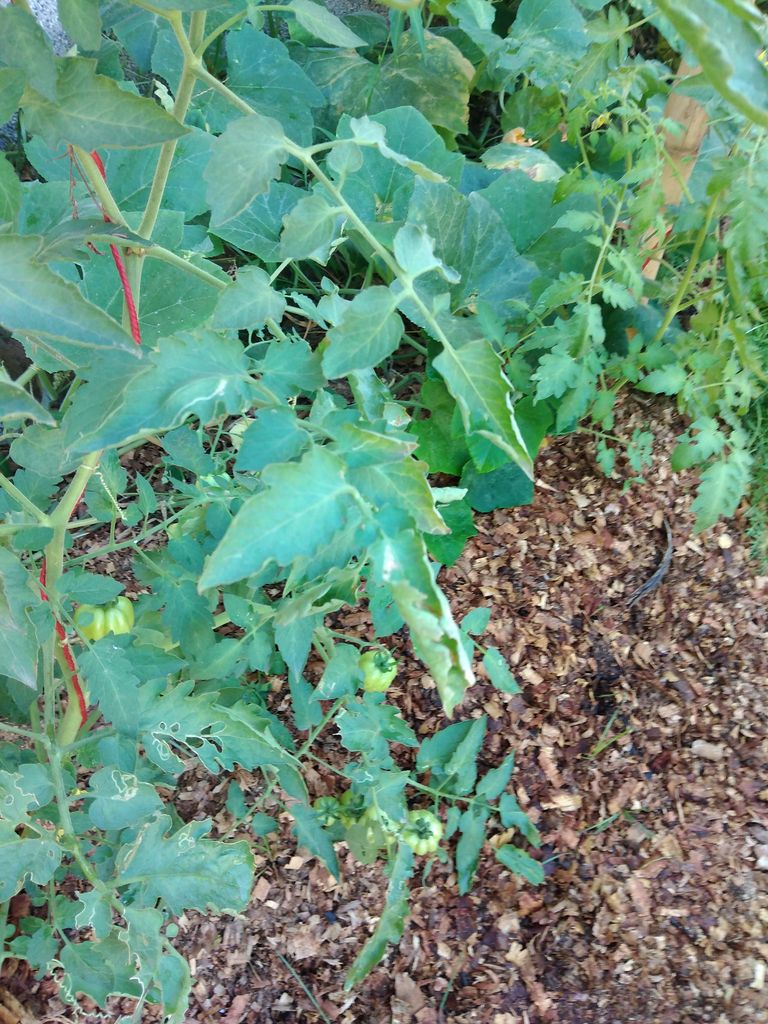
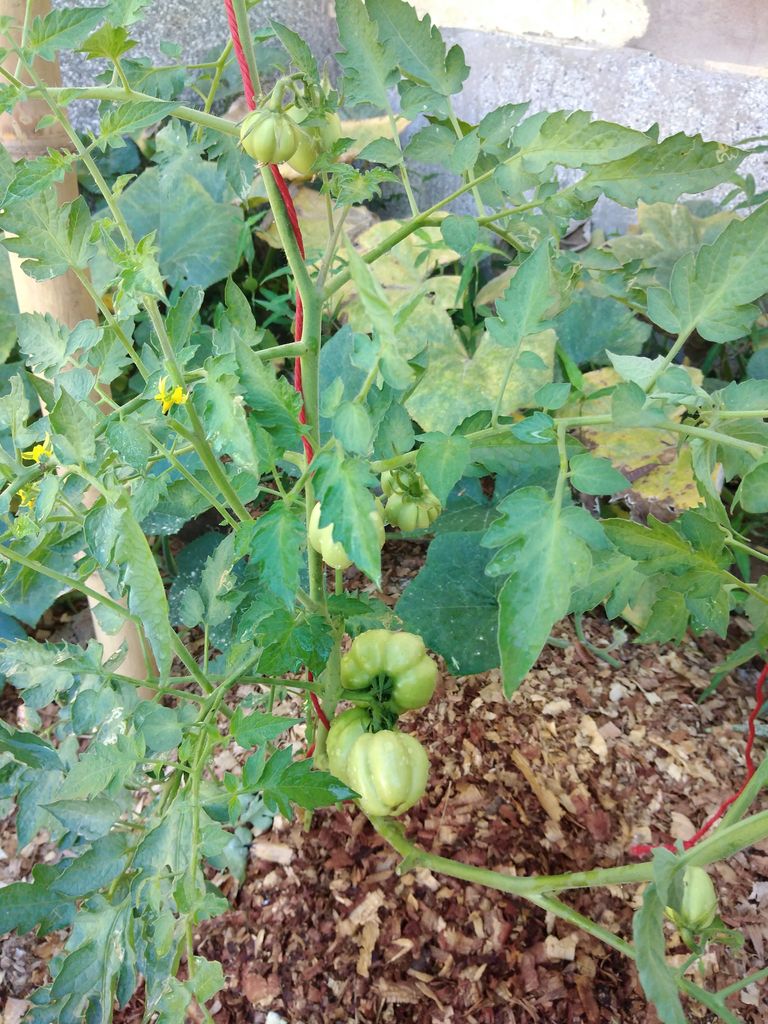
As you can see our tomatoes are coming along nicely and will be ready for harvest soon. After weeding the rest of the beds look good too.
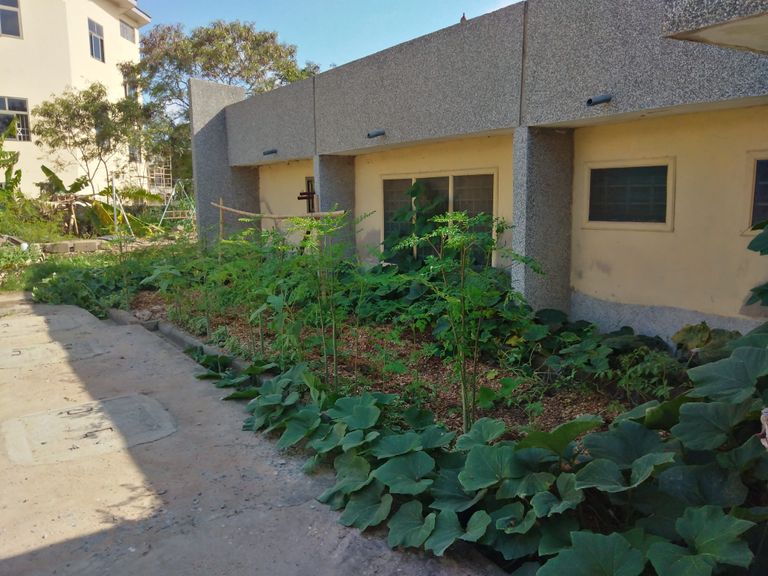
The above picture was taken after I did all the weeding and pruning of the moringa you can see the difference from the first picture of the garden to this one.
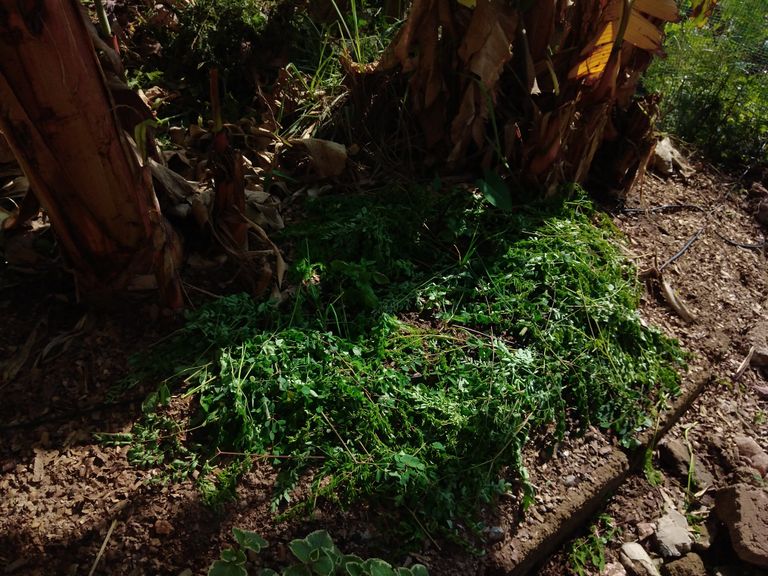
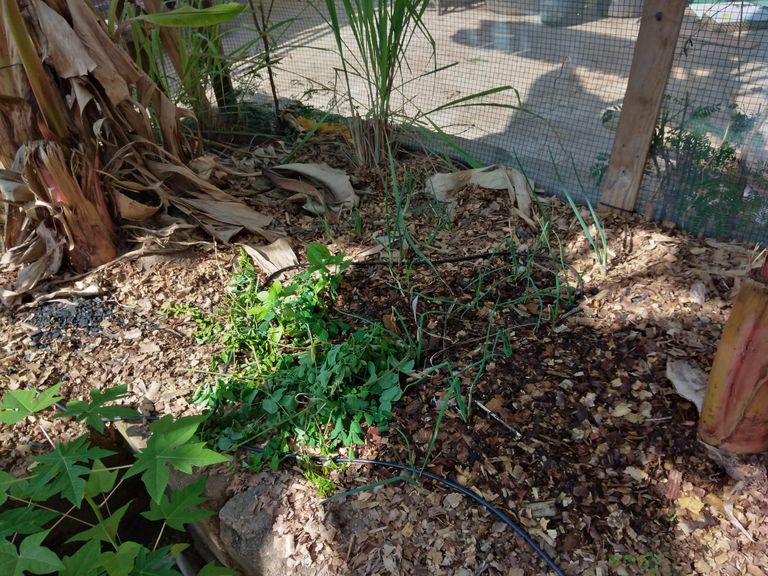
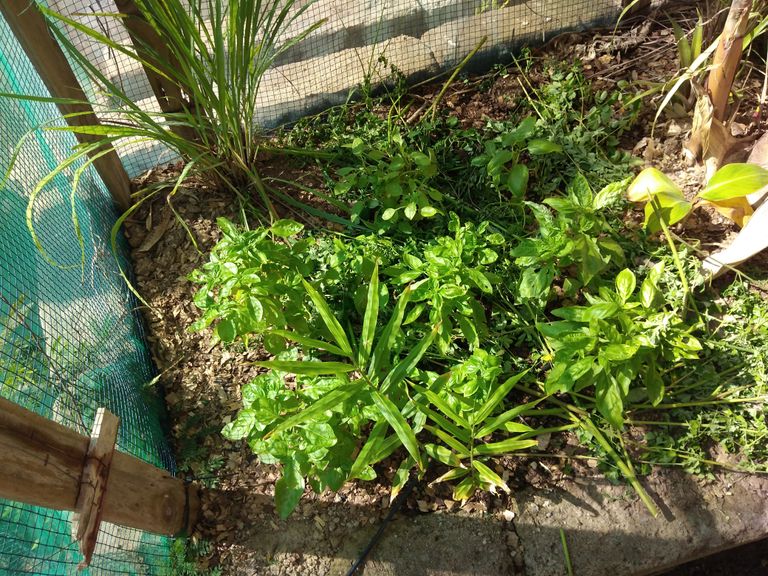
I used all the cuttings from the moringa to mulch the basil and other plants in another part of the garden. Moringa is a nitrogen fixer and its leaves are rich in nitrogen and other minerals for the plants.
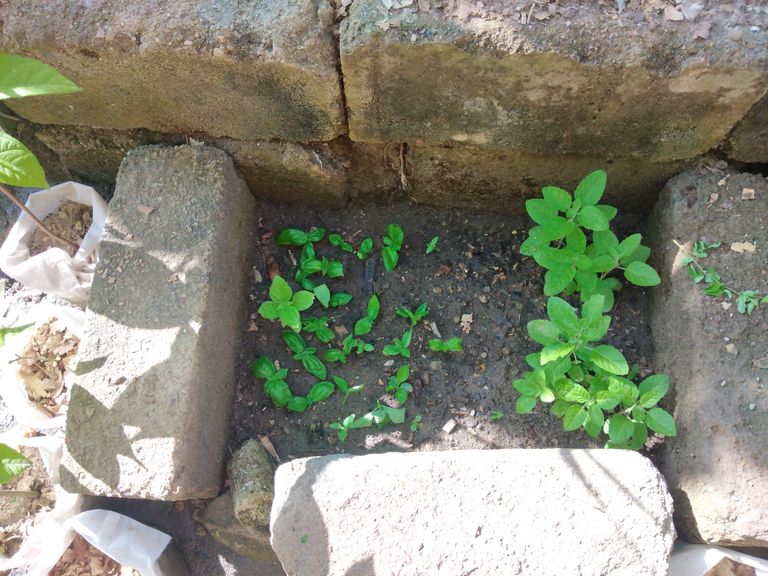
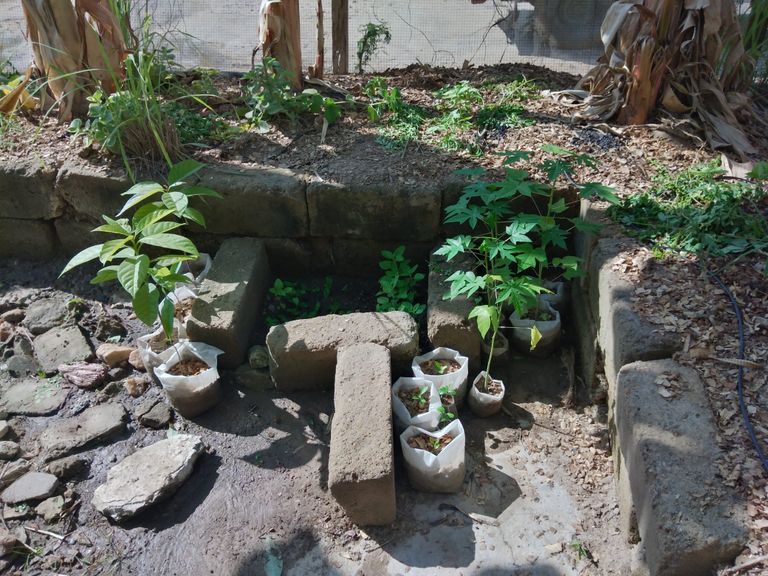
I propagated some more of the Italian basil varieties in my seedling bed. On the right is some local basil it is not a fragrant as the Italian varieties though. You can also see that our nursery is thriving with the other trees we have here. There are two avocado trees, some local grapes, citrus trees, and some more pawpaw.
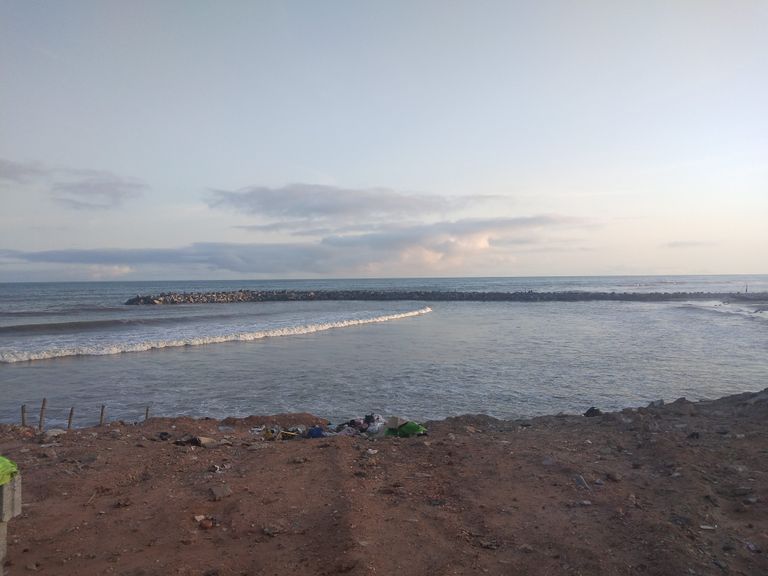
From the garden I needed to see a friend in Osu. We met at Osu beach which is a neighborhood in Accra. The chinese are building a break water and a harbor for the fishermen here. They have made significant progress from the pictures I have posted before.




Dzigbordi and my friend Jaguar posed for a few pics out at the end. We had to keep a close eye though because some big waves still crashed over the top occasionally.
As the water ran along the break water the wave would break through the rocks creating an interesting effect shown in the video above.



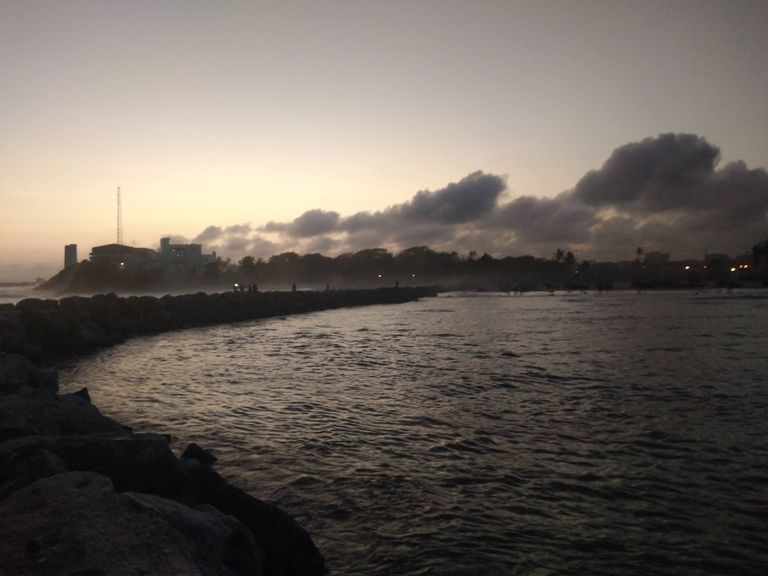
I will wrap this post up with some more shots of the sunset in the area. My next post will be an update on the bigger farm out by the resort. It was a busy weekend at the resort and yesterday we were all very tired from serving over a hundred guests. So I will be catching up on more blogs soon as I get time.
Thank you for explaining along with your pictures. You are teaching us a lot here with these posts. I hope one day to have a little land to live off, and in my haphazard studies know there are many factors and impediments such as soil composition etc. I had no idea about
I have never encountered the term nitrogen fixer. Here in the US they are bug on selling mulch, bu tone doesn't encounter ordinary folks with little gardens who know about making it yourself. Very informative, thank you.
A lot about permaculture is emulating nature to get the best results with the minimal input. And mulch is a very important part of this. But what is mostly sold as mulch in the US is lifeless garbage. The best mulch you can get, you can probably get for free from tree trimmers and things. The other best I have read is sea weed and I hoping to try that as I am living on the beach it has just stopped washing up recently. But the reason why the tree trimmers mulch is better is it is a mixture of the leaves, small branches and wood all in a mixed up bunch. It also probably contains less seeds, that a lot of the commercial mulch has.
The right mulch serves a few purposes, it helps smother out weeds or not give weed seeds the right environment to take off. It hides the soil from direct sunlight and helps hold water in the soil. Then over time it breaks down providing nutrients for the plants. Where the soil meets the wood chips or mulch there is a magical layer there with a lot of things going on. This is the area that the mulch is breaking down fastest, it is the most moist layer too so mycelium like the roots of mushrooms grow throughout this area and the relationships between them and plants is very importing. You will notice this is you ever go to a thriving forest and dig down in the top layer of organic mater on the forest floor you will find it wet and white in color this is the mycelium. You dig farther you will find nice dark moist soil underneath.
So going back got Mulch and Moringa trees. Nitrogen fixing plant are a group of plants that have a symbiotic relationship with a type of bacteria that resides in nodules on the roots that convert nitrogen and other elements into the soil into a form that is readily available to plants. The nitrogen is then taken up and used to make the green mater on the plants. When this is used as mulch or composted then it provides this readily usable nitrogen to the soil. Plants that are grown around nitrogen fixers and after nitrogen fixers also benefit. That is why crops are rotated. Legumes are most notable for this like beans. Moringa is also one of the tree Legumes. Peanuts are also great nitrogen fixers.
Thank you for using my upvote tool 🙂

Your post has been upvoted (2.23 %)
Delegate more BP for better support and daily BLURT reward 😉
@tomoyan
https://blurtblock.herokuapp.com/blurt/upvote
Congratulations! This post has been upvoted by the @blurtcurator communal account,
You can request a vote every 12 hours from the #getupvote channel in the official Blurt Discord.Don't wait to join ,lots of good stuff happening there.
Congratulations, your post has been curated by @dsc-r2cornell. You can use the tag #R2cornell. Also, find us on Discord
Felicitaciones, su publicación ha sido votada por @ dsc-r2cornell. Puedes usar el tag #R2cornell. También, nos puedes encontrar en Discord